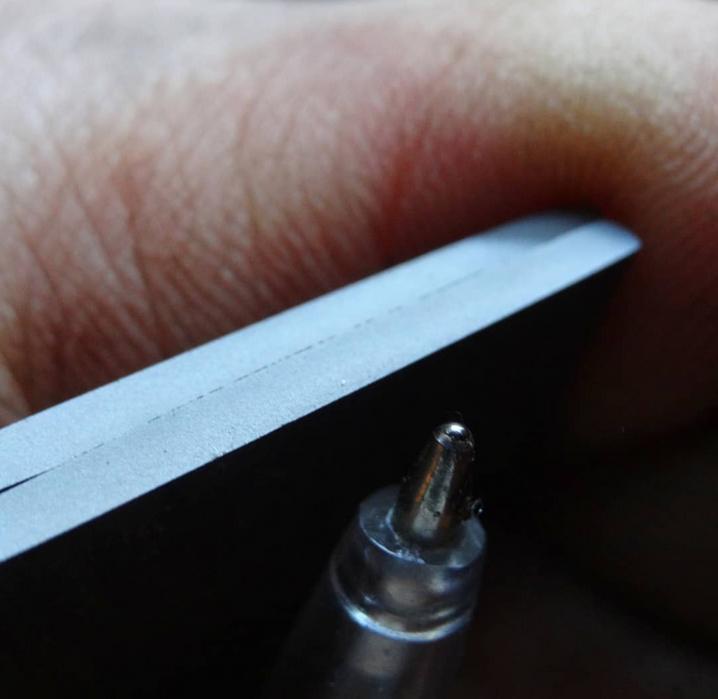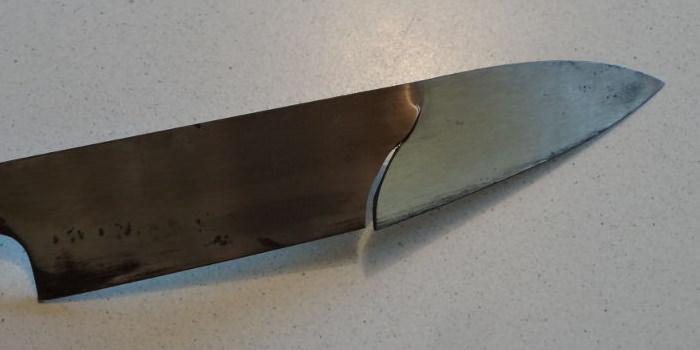As I understand it, when an austenite grain gets transformed into martensite it divides up into plates/lathes as it hardens, so you could say it has become finer. However, we still reference the size of the parent grain because the martensite is still heavily based off the original grain shape and can have some 'memory' of what it used to be. It can almost revert back to its parent grain if the conditions are right because it went through a diffusionless transformation.
Shape memory alloys work off this principle.
Meanwhile austinite-to-pearlite conversions create whole new grains with no chance of going back to the old configuration, but they stay at similar sizes to the parent grain.
I'm happy to be totally wrong here. Where did Larrin go?









